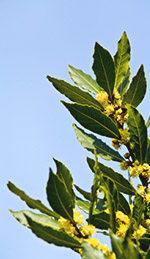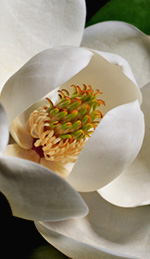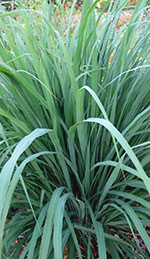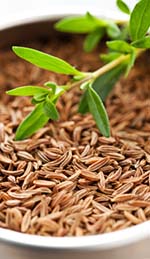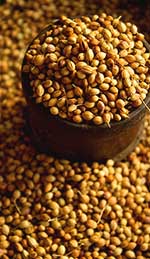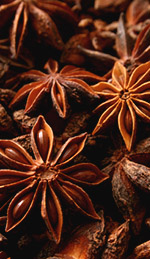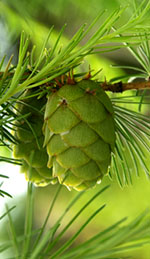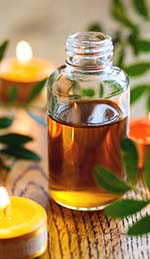 The world of aromatherapy is literally thousands of years old. Besides whole herbs, essentials oils are one of the oldest therapeutic agents still used by humans. So for the newcomer to aromatherapy, exactly how to use essential oils can be somewhat mystifying at first.
The world of aromatherapy is literally thousands of years old. Besides whole herbs, essentials oils are one of the oldest therapeutic agents still used by humans. So for the newcomer to aromatherapy, exactly how to use essential oils can be somewhat mystifying at first.
What is an essential oil? First of all, it probably helps to understand what an essential oil is. Essential oils are volatile compounds found in the roots, leaves, seeds, bark, heartwood, or resins of plants. Sometimes called the “blood” of plants, essential oils consist of different classes of molecules, such as terpenes, phenols, and esters, that perform various functions for the living plant, such as stimulating cell growth, preventing bacterial growth, and protecting it against predation. The molecules in an essential oil are often small enough to enter cell membranes when applied to the skin or inhaled, which is why they are such useful agents in aromatherapy.
Preparing essential oils: There’s no one guide to how to use essential oils in aromatherapy, as different practitioners have their own favorite methods. However, most aromatherapists recommend that you dilute concentrated essential oils in a carrier oil before using them directly on your body. Carrier oils are usually vegetable or nut oils such as olive, coconut, almond, or jojoba oil. Adding essential oils to natural lotions such as shea butter is another method of dilution. The motto for diluting essential oils is that a little goes a long way: in general, a diluted oil blend should consist of 2% essential oil for adults. So, for every 30 mL (or 1 fluid ounce) of carrier oil, you would add about 12 drops total of any essential oil.
One question we get all the time is whether any essential oils can be used “neat”, that is, without any dilution. Opinions vary widely among aromatherapists about the safety of using essential oils at full strength: some sources claim that a few essential oils, such as lavender, tea tree, and sandalwood oil, can be used neat on small areas of skin. However, other aromatherapists err on the side of caution and recommend diluting any essential oil you work with, even those generally regarded as nonsensitizing. The general rule with any essential oil is to recongnize that these are powerfully concentrated therapeutic agents and to treat them with respect: always do a small patch test with the essential oil in dilution before applying it to a larger area of skin, even if you have worked with that essential oil in the past.
Blending essential oils: After you’ve become familiar with a few essential oils, you can get creative and blend multiple essential oils to create a synergy. This is when knowing the properties of the oils in your cabinet really comes into play: after all, you want a blend where the oils complement each other and enhance the overall effect. Consider how you want to use your essential oil blend: as a fragrance? A massage oil? For diffusion? You wouldn’t want to add potentially irritating essential oils such as cassia or cinnamon bark to a massage blend, but these same oils might work great in a diffuser. To help you out, each of our essential oils comes with a handy list of other essential oils with which it blends especially well. Don’t be afraid to use your own instincts as a guide, either—if you don’t like how certain oils smell together, don’t combine them.
Storing essential oils: Ever wonder why essential oils come in those dark glass bottles? The volatile active constituents of essential oils are fragile and can be easily degraded by exposure to sunlight and temperature changes; the dark glass acts as a shield to greatly extend the shelf life of your oil. Place your custom essential oil blends in an amber or dark blue glass bottle with an airtight lid or stopper. Store all essential oils in a cool, dry place away from direct sunlight and out of reach of children or pets. Finally, many essential oils are flammable, so be sure also to keep your essential oils away from open flames and sources of heat or electricity.
How to use essential oils in aromatherapy: There are two basic ways to use essential oils in aromatherapy, with endless variations depending on the practitioner.
Topical application: Diluted essential oils are applied to the skin in treatments that target specific areas of the body. An essential oil massage might be used to address sore muscles or joint aches, indigestion or stomach upset, menstrual discomfort, or skin problems such as acne or infections. In a variation of the massage technique, essential oils can also be added to warm bathwater along with a moisturizing agent.
Diffusion: In this aromatherapy method, essential oils are added to an oil diffuser, burner, or sometimes to a bowl of hot water to create steam, which is then inhaled. Aromatherapy by diffusion is the preferred method of getting the benefit of oils that can be too strong for topical massage, such as lemongrass, cassia, or cinnamon bark. Because the point of entry for diffused oils is through the mucosal lining of the throat and lungs, diffusion is often used to address respiratory complaints such as excessive mucus, congestion, or coughs. Essential oils are often used at full strength in diffusion aromatherapy.
How to use essential oils in the home: You don’t have to be into aromatherapy to take advantage of essential oils. Looking for a natural way to spruce up your bathroom or living room? Consider adding some elevating essential oils to a diffuser to scent a room and perk up your senses! Citrusy scents like lemon, sweet orange, verbena or lemongrass can also eliminate odors and airborne bacteria. Some oils such as catnip and citronella may be diffused outdoors as natural insect repellents. Antiseptic essential oils such as pine needle, thyme, peppermint, and most citrus oils make effective cleansers for disinfecting your kitchen and bathroom, especially when added to water above 60 degrees Fahrenheit. For a double dose of cleansing power, add lemon juice or vinegar to your cleanser: the concentrated acids and hot water act as efficient antimicrobial agents that are safe to humans.
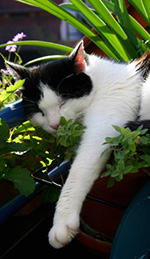 Catnip (Nepeta cataria) is a perennial herbaceous shrub in the mint family that’s sometimes known as the cat’s best friend. Anyone who’s seen a cat batting around toy mouse or ball stuffed with catnip knows that many cats simply love this herb, and will eat or even roll around in it whenever they get the chance. Catnip has a reputation for making cats playful and silly, but what many people don’t know is that catnip isn’t just for cats: catnip herb and catnip essential oil have also been staples in European herbalism and are still used in alternative medicine today.
Catnip (Nepeta cataria) is a perennial herbaceous shrub in the mint family that’s sometimes known as the cat’s best friend. Anyone who’s seen a cat batting around toy mouse or ball stuffed with catnip knows that many cats simply love this herb, and will eat or even roll around in it whenever they get the chance. Catnip has a reputation for making cats playful and silly, but what many people don’t know is that catnip isn’t just for cats: catnip herb and catnip essential oil have also been staples in European herbalism and are still used in alternative medicine today.

